Abu Dhabi is reshaping the gateway to the emirate with a bold, billion-dollar investment centered on luxury tourism and an exceptional passenger experience at Zayed International Airport (AUH). The new airport terminal, inaugurated recently, blends visionary architecture, expansive capacity, cutting-edge technology, and high-end retail to serve as a global benchmark in luxury travel infrastructure.
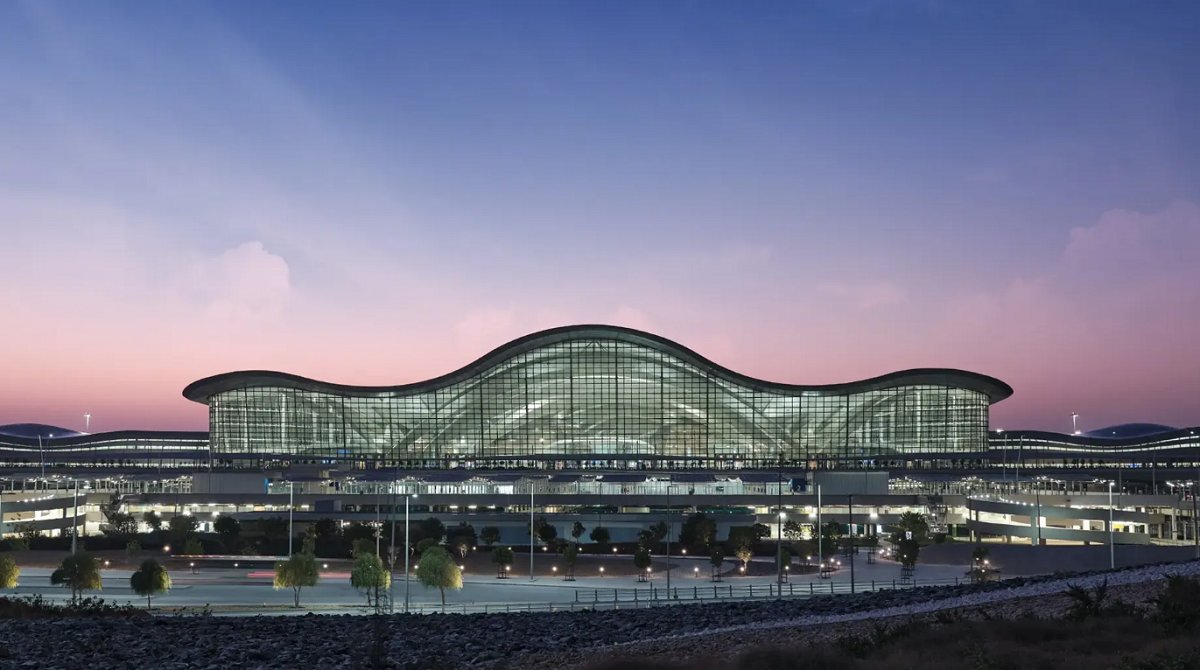
Architectural Innovation and World Recognition
Zayed International Airport was crowned the "World’s Most Beautiful Airport" at the 2024 Prix Versailles awards, acclaimed for its elegant design that integrates Emirati cultural influences with futuristic technology. The terminal spans 742,000 square meters and features a unique X-shaped layout. Capable of handling 11,000 travelers per hour, it doubles the capacity of the old airport and supports up to 79 aircraft simultaneously—enabling a capacity of 45 million passengers per year.
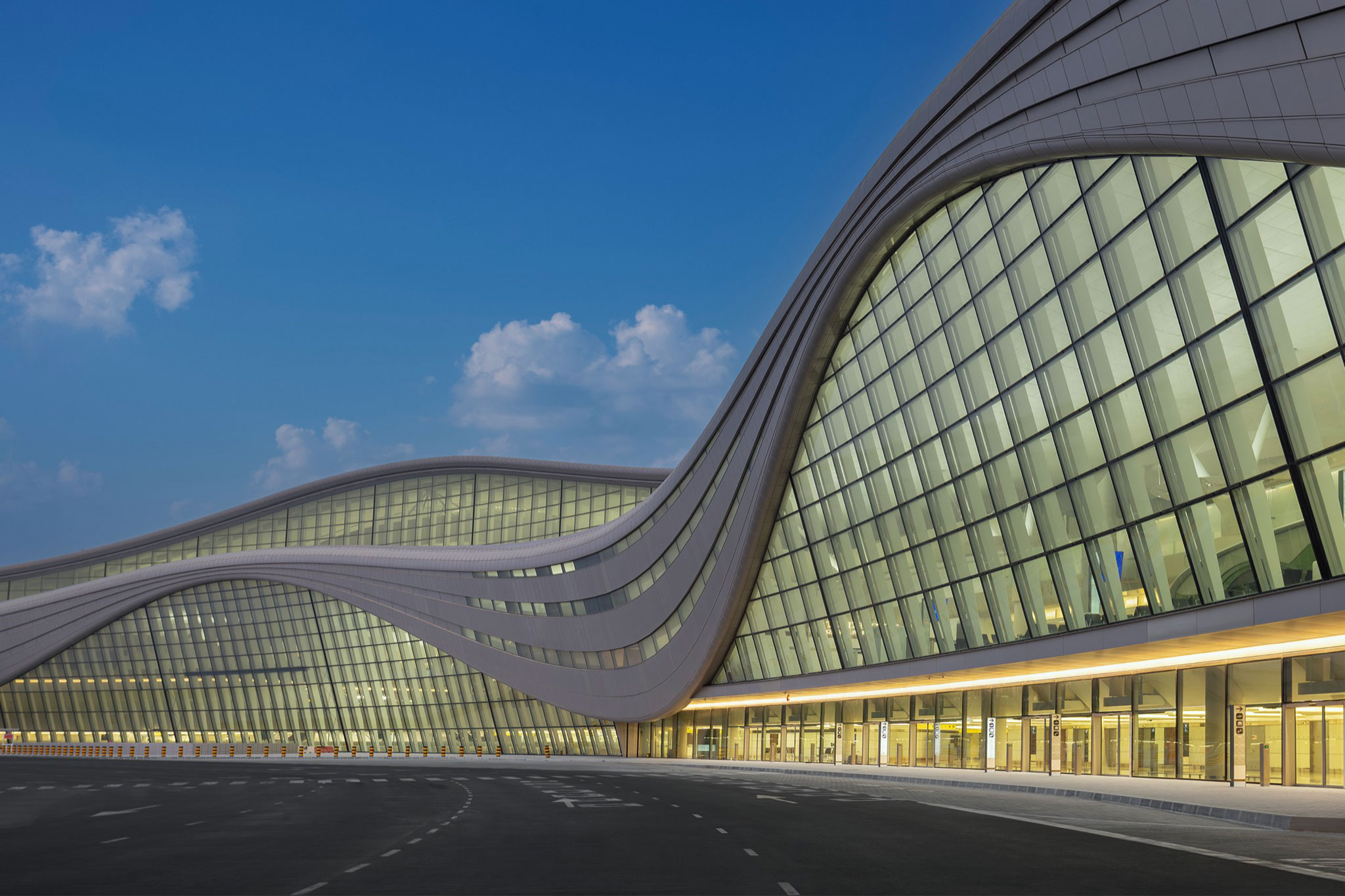
A pioneering feature of AUH is its implementation of nine biometric touchpoints, the first of their kind worldwide, providing smooth and secure passenger processing that anticipates industry trends toward contactless travel by 2025.
Transforming Travel Retail and Sustainability
AUH introduces "Presentedby," an innovative 210-square-meter travel retail space that revolutionizes airport shopping. Evoking the serenity of Abu Dhabi’s desert oases, it offers interactive displays with flowing sculptures, digital simulations, cascading water walls, and a curated luxury collection of rare sneakers, streetwear, and high-end accessories. This experience is a significant step forward in blending luxury retail with immersive technology.
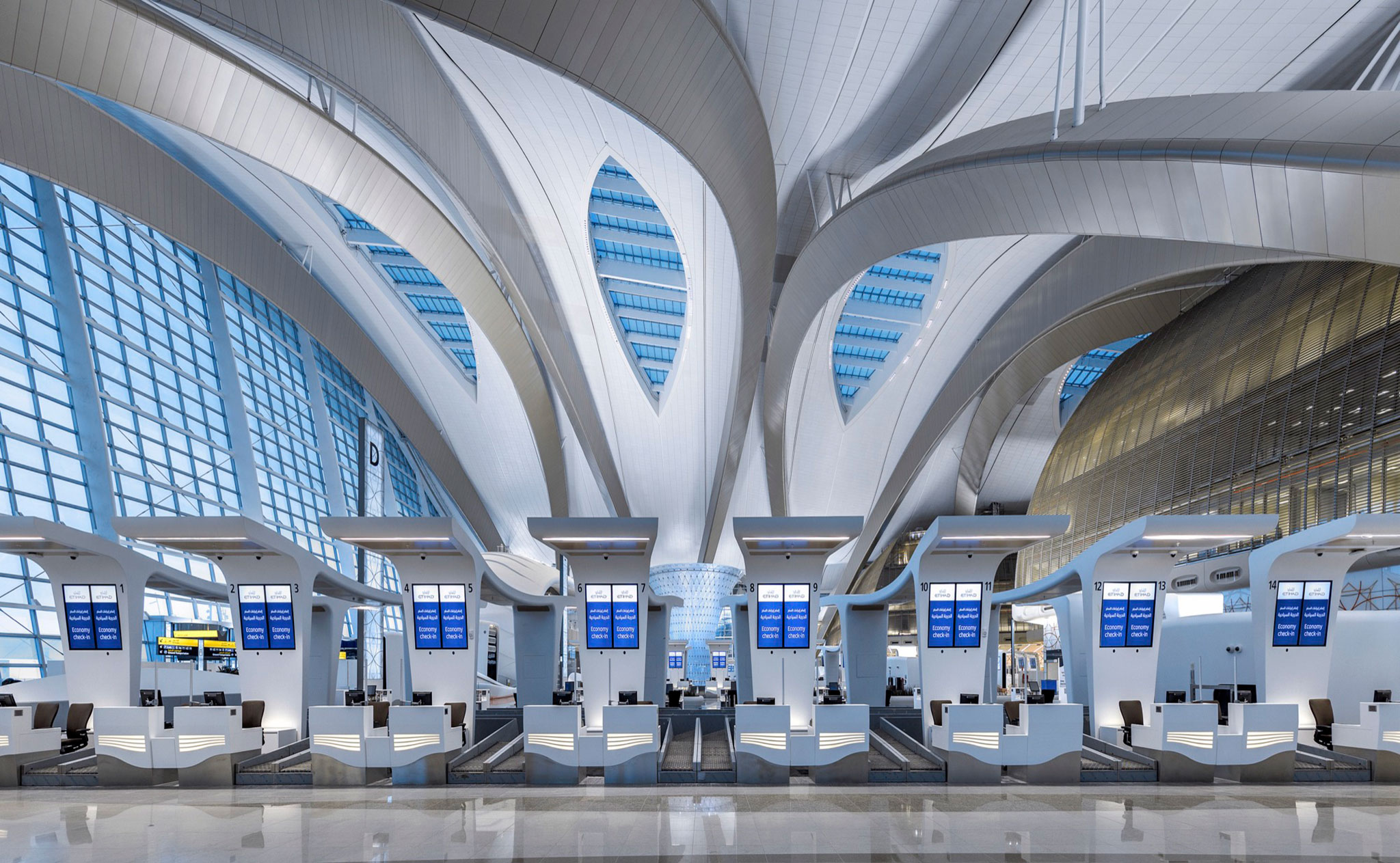
Sustainability lies at the heart of this concept, with the retail space employing 3D-printed materials from post-industrial recycled plastics and embracing zero-waste principles throughout design and operations. This approach reinforces Abu Dhabi’s commitment to environmental stewardship alongside luxury consumer experiences.
Exceptional Passenger and Operational Growth
The airport is experiencing remarkable growth. In the first half of 2025 alone, Zayed International Airport handled 15.5 million passengers, a 13.2% increase year-on-year, contributing to Abu Dhabi Airports’ overall passenger traffic crossing 15.8 million—a 13.1% rise over the same period last year. This marks the 17th consecutive quarter of double-digit growth in passenger numbers, cementing AUH’s and Abu Dhabi’s positions as thriving hubs of global connectivity.
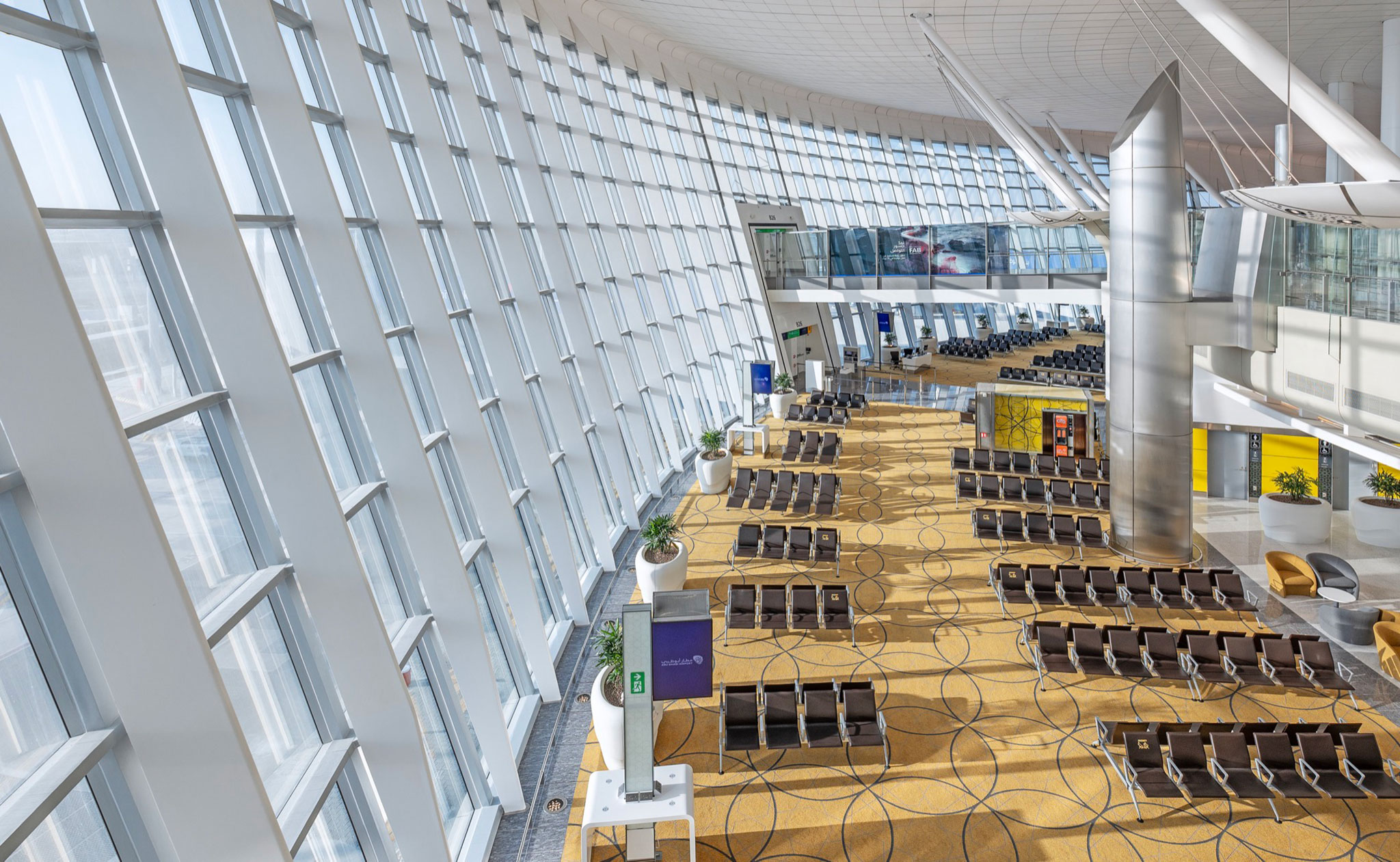
Aircraft movements at AUH also surged by 11.4% to 93,858 flights in H1 2025. The growth is propelled by new airline partnerships and expanded routes, including China Eastern Airlines’ Shanghai service, Air Seychelles’ six weekly flights, Fly Cham’s Damascus connection, and IndiGo’s expanded presence with new routes to Indian cities such as Madurai and Vishakhapatnam. This positions AUH as IndiGo’s most connected hub in the UAE.
World-class Passenger Experience and Accolades
AUH does not just focus on numbers but on delivering a world-class, guest-centric environment. In July 2025, the airport achieved Level 3 accreditation from the Airports Council International (ACI) Customer Experience Accreditation program, recognizing its excellence in embedding passenger-focused service into every operational aspect. Initiatives such as passenger focus groups and guest shadowing programs help refine services to meet evolving traveler expectations.

The terminal’s design—with soaring curved glass walls that flood the space with natural light—creates an atmosphere akin to a luxury resort. This ensures that every step from entry to boarding is seamless, comfortable, and engaging, reflecting Abu Dhabi’s ambition to offer travelers a lavish, experiential journey from the moment they arrive.
Strategic Role in Abu Dhabi’s Economic Vision
The transformation of AUH represents a vital pillar in Abu Dhabi’s broader strategy to grow its luxury tourism and business sectors. The airport acts as a gateway to world-famous cultural landmarks like the Louvre Abu Dhabi and major events such as the Abu Dhabi Grand Prix, attracting affluent tourists and business visitors alike.

Elena Sorlini, CEO of Abu Dhabi Airports, emphasizes the airport’s pivotal role in driving economic diversification and global connectivity. Despite regional geopolitical challenges, AUH’s network resilience and continued expansion—marked by the addition of 16 new destinations in early 2025—underscore its growth trajectory and ability to attract international investors and tourism.
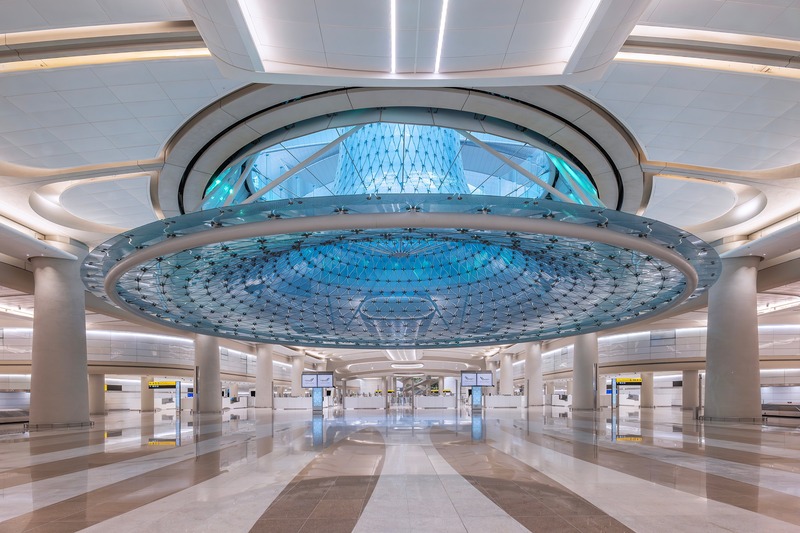
Airline Growth and Future Outlook
Etihad Airways, the home carrier based at AUH, carried over 10.2 million passengers in the first half of 2025, a 17% year-on-year increase. The airline is aiming to transport 38 million passengers by 2030, revising upward from earlier targets, and plans to expand its fleet by 20 aircraft annually. Strategic partnerships with airlines like Ethiopian Airlines and China Eastern Airlines are key components of this growth plan.
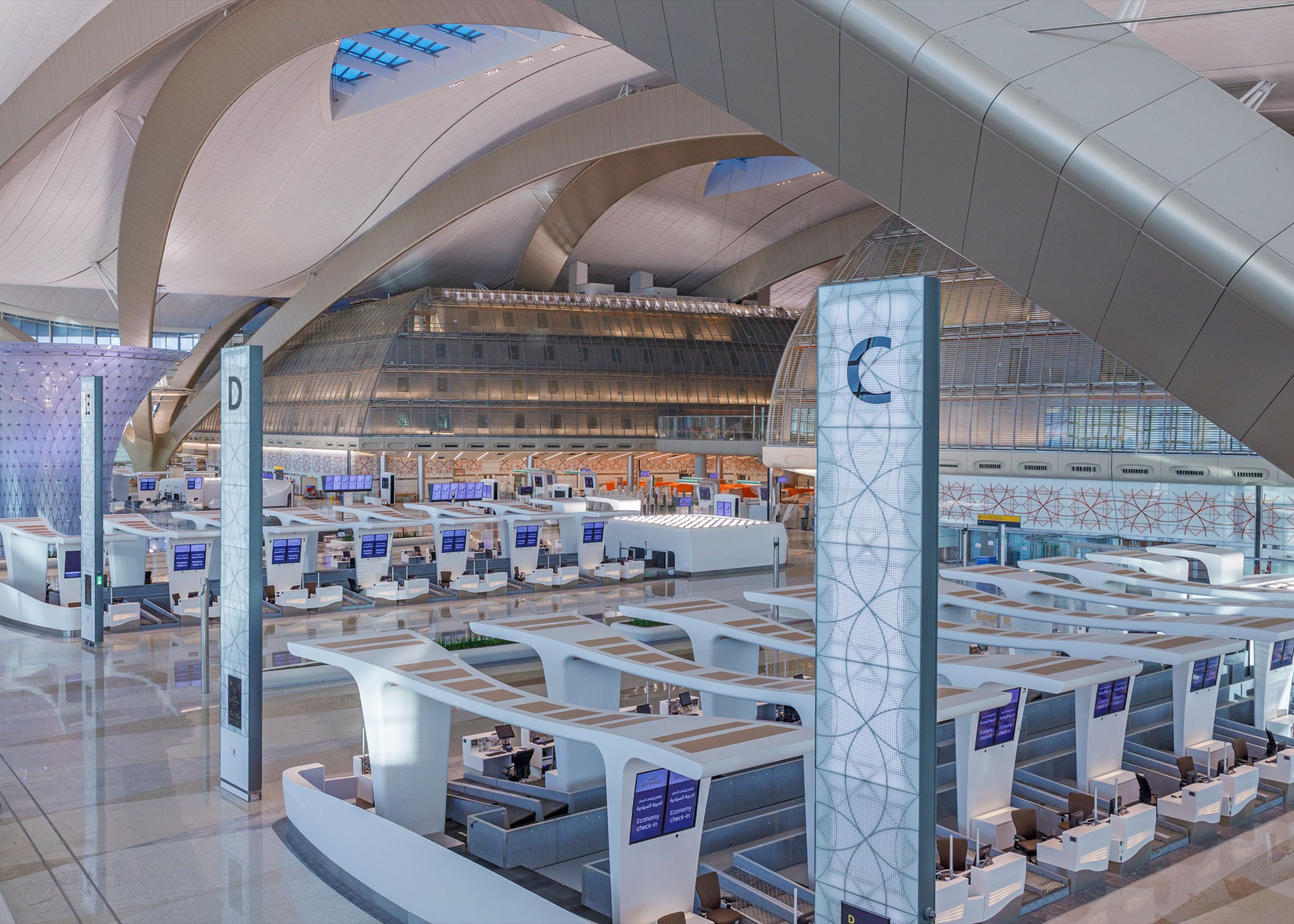
Meanwhile, low-cost carrier Wizz Air Abu Dhabi announced it would end operations in the emirate in September 2025, citing geopolitical factors, though overall passenger growth remains robust thanks to new airline partners and route expansions.
Conclusion
Abu Dhabi’s multi-billion-dollar investment in Zayed International Airport is a transformative leap in luxury tourism and aviation. The airport is not merely a transit hub but a flagship destination blending iconic design, immersive retail, sustainability, and cutting-edge technology to deliver unmatched passenger experiences.

This strategic development solidifies Abu Dhabi’s position as a rising luxury tourism capital and a vital node in global air travel.



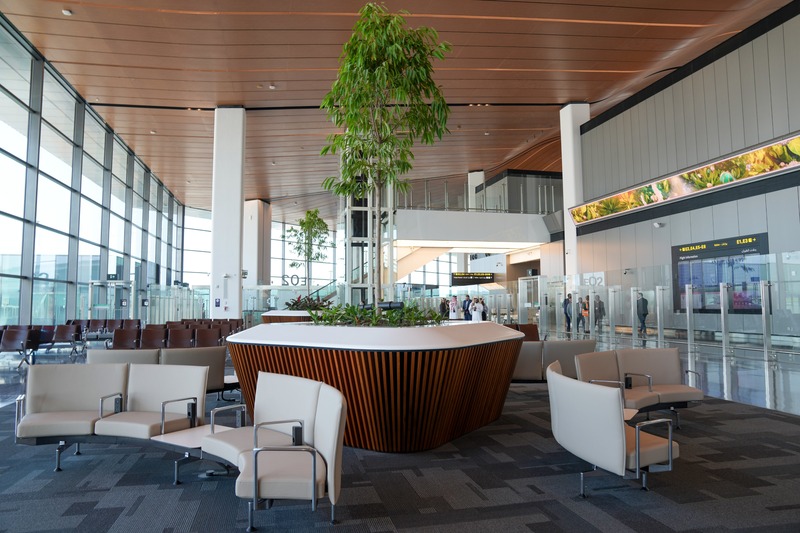
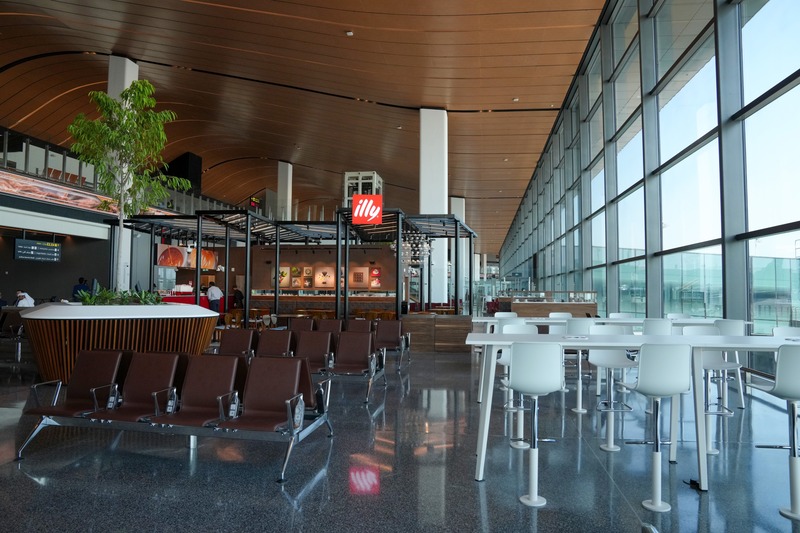






.jpg)





.jpg)



.jpg)
.jpg)


.jpeg)


















.jpg)
.jpg)

.jpg)
.jpg)



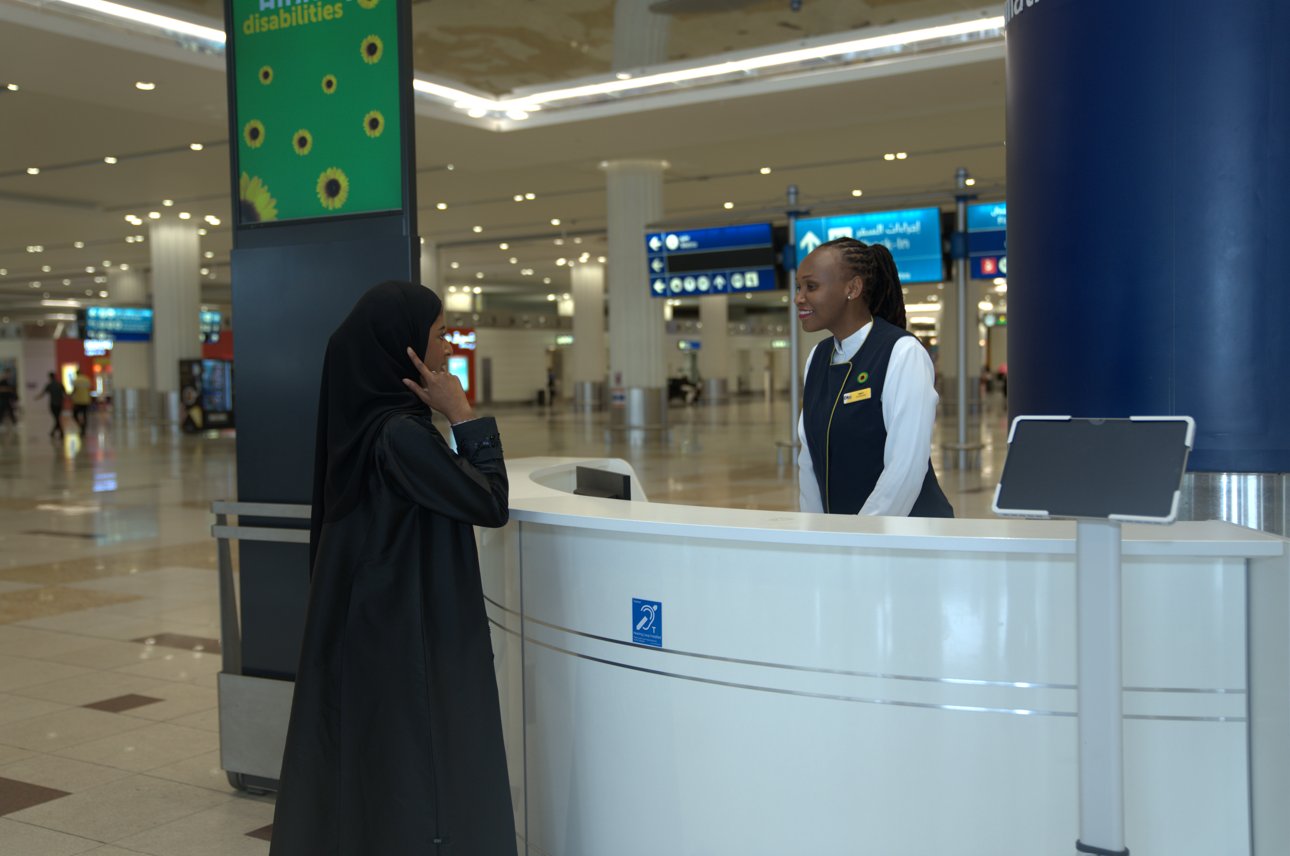
.jpg)
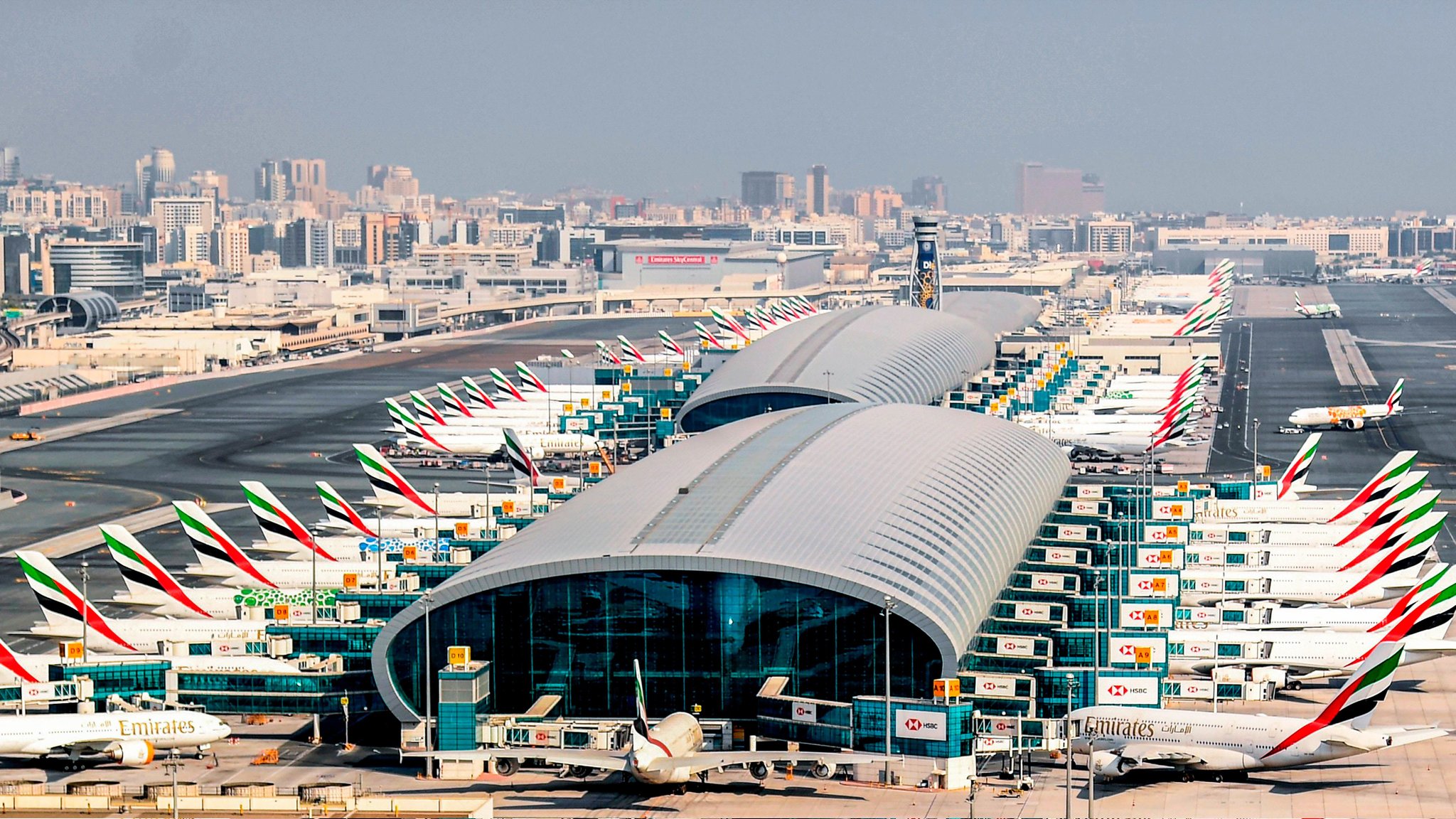
.jpg)



.jpg)

.jpg)


 (1).jpg)





